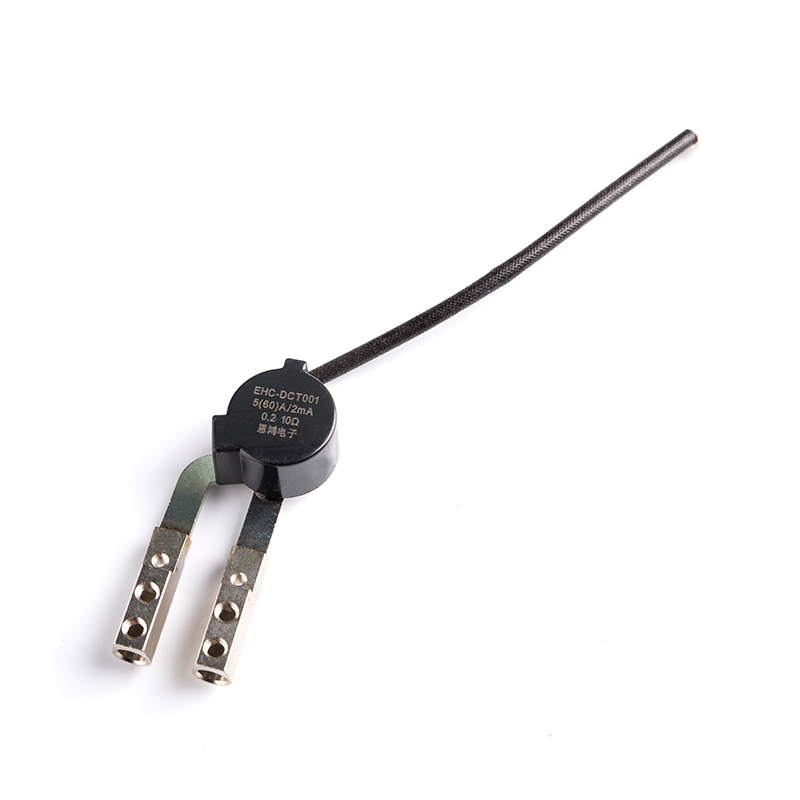Inductor Type and Inductor Core Type
Inductor Type
As with many electrical devices, different models exist for specific applications. Coupled, multilayer, molded inductors, and ceramic core inductors are all common types found in commercial and industrial applications. The following video briefly describes these inductor types:
coupled inductance
The magnetic flux exhibited by a coupled inductor depends on the other conductors it is connected to. Coupled inductors are usually used when mutual inductance is required. A transformer is a coupled inductor.
Multilayer Inductors
This particular type of inductor consists of a layered coil wound multiple times around a magnetic core. Multilayer inductors have high inductance levels due to the multiple layers and the insulation between them.
Ceramic Core Inductors
While there are many types of magnetic cores, a ceramic core inductor is unique in having a dielectric ceramic core, which means it cannot store a lot of energy, but has very low distortion and hysteresis.
Molded Inductors
These inductors are molded from plastic or ceramic insulating materials. Typically used on circuit boards, they can be in cylindrical or bar construction with windings terminated at each end.
core type
Besides ceramic core inductors, other core materials can also be used to some effect. Because the core is the material the coil is wound around, it directly affects the inductance. Coils wound on ferrous cores produce greater inductance than coils wound on non-ferrous cores.
hollow core
In this configuration, there are no cores at all. The absence of a metal core results in very little distortion, but for the same reason, the coil has to be very long to carry a lot of inductance, resulting in a large inductor.
Steel core inductor
For low resistance, high inductance applications, steel cores are a step above air cores. The denser the steel core, the less magnetic saturation problems the iron core experiences.
Solid Ferrite Core
Solid ferrite cores top the list when it comes to offering the highest resistance. However, they are not always reliable when dealing with high inductances and tend to reach their magnetic saturation levels relatively quickly. Ferrite cores will use different ferrite materials depending on the application, such as manganese zinc for some types of antenna rods, each offering different advantages. Powdered ferrite cores are available, which are denser and offer better linearity than solid ferrite cores.
tape wound core
Tape-wound cores made of soft magnetic materials such as high-permeability iron, nickel-iron, or silicon-iron are produced in thin strips, 0.0005-0.004 inches thick, and weights ranging from 0.002-4,000 lbs. Applications for this core include high frequency transformers, high current filters and current injection.
Inductor Type And Inductor Core Type
Recommended Products
-
 View More >>
View More >>
Non-Toroidal C-Type Cut Amorphous Nanocrystalline Cores
Industry: Amorphous Nanocrystalline Core
-
 View More >>
View More >>
EHC-VCT Series for Power supply
Industry: Current Transformer
-
 View More >>
View More >>
Transformers Cores Amorphous Nanocrystalline Cores
Industry: Amorphous Nanocrystalline Core
-
 View More >>
View More >>
Amorphous Nanocrystalline Inductor Cores
Industry: Amorphous Nanocrystalline Core
-
 View More >>
View More >>
CTS Series Terminal High Precision Amorphous Nanocrystalline Current Transformers
Industry: Current Transformer
-
 View More >>
View More >>
Rectangular hysteresis loop Cores
Industry: Amorphous Nanocrystalline Core
-
 View More >>
View More >>
High Linear Current Transformers
Industry: Current Transformer
-
 View More >>
View More >>
Common Mode Choke Amorphous Nanocrystalline Inductors
Industry: Amorphous Nanocrystalline Inductors

 English
English 中文简体
中文简体 Deutsch
Deutsch 日本語
日本語

